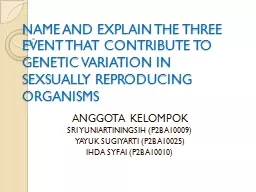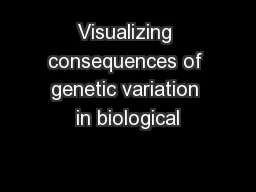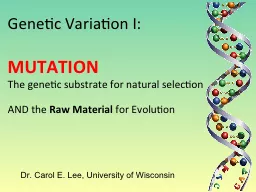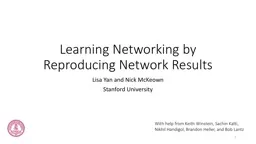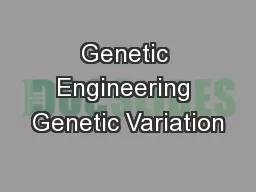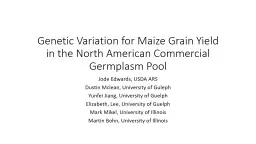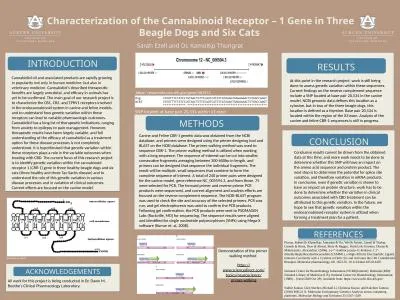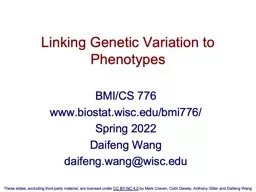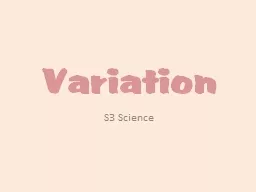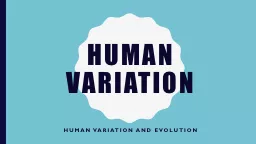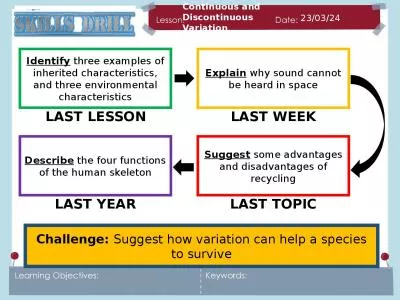PPT-NAME AND EXPLAIN THE THREE EVENT THAT CONTRIBUTE TO GENETIC VARIATION IN SEXSUALLY REPRODUCING
Author : mercynaybor | Published Date : 2020-06-25
ANGGOTA KELOMPOK SRI YUNIARTININGSIH P2BA10009 YAYUK SUGIYARTI P2BA10025 IHDA SYFAI P2BA10010 Origins of Genetic Variation Among Offspring The behavior of chromosomes
Presentation Embed Code
Download Presentation
Download Presentation The PPT/PDF document "NAME AND EXPLAIN THE THREE EVENT THAT CO..." is the property of its rightful owner. Permission is granted to download and print the materials on this website for personal, non-commercial use only, and to display it on your personal computer provided you do not modify the materials and that you retain all copyright notices contained in the materials. By downloading content from our website, you accept the terms of this agreement.
NAME AND EXPLAIN THE THREE EVENT THAT CONTRIBUTE TO GENETIC VARIATION IN SEXSUALLY REPRODUCING: Transcript
Download Rules Of Document
"NAME AND EXPLAIN THE THREE EVENT THAT CONTRIBUTE TO GENETIC VARIATION IN SEXSUALLY REPRODUCING"The content belongs to its owner. You may download and print it for personal use, without modification, and keep all copyright notices. By downloading, you agree to these terms.
Related Documents

